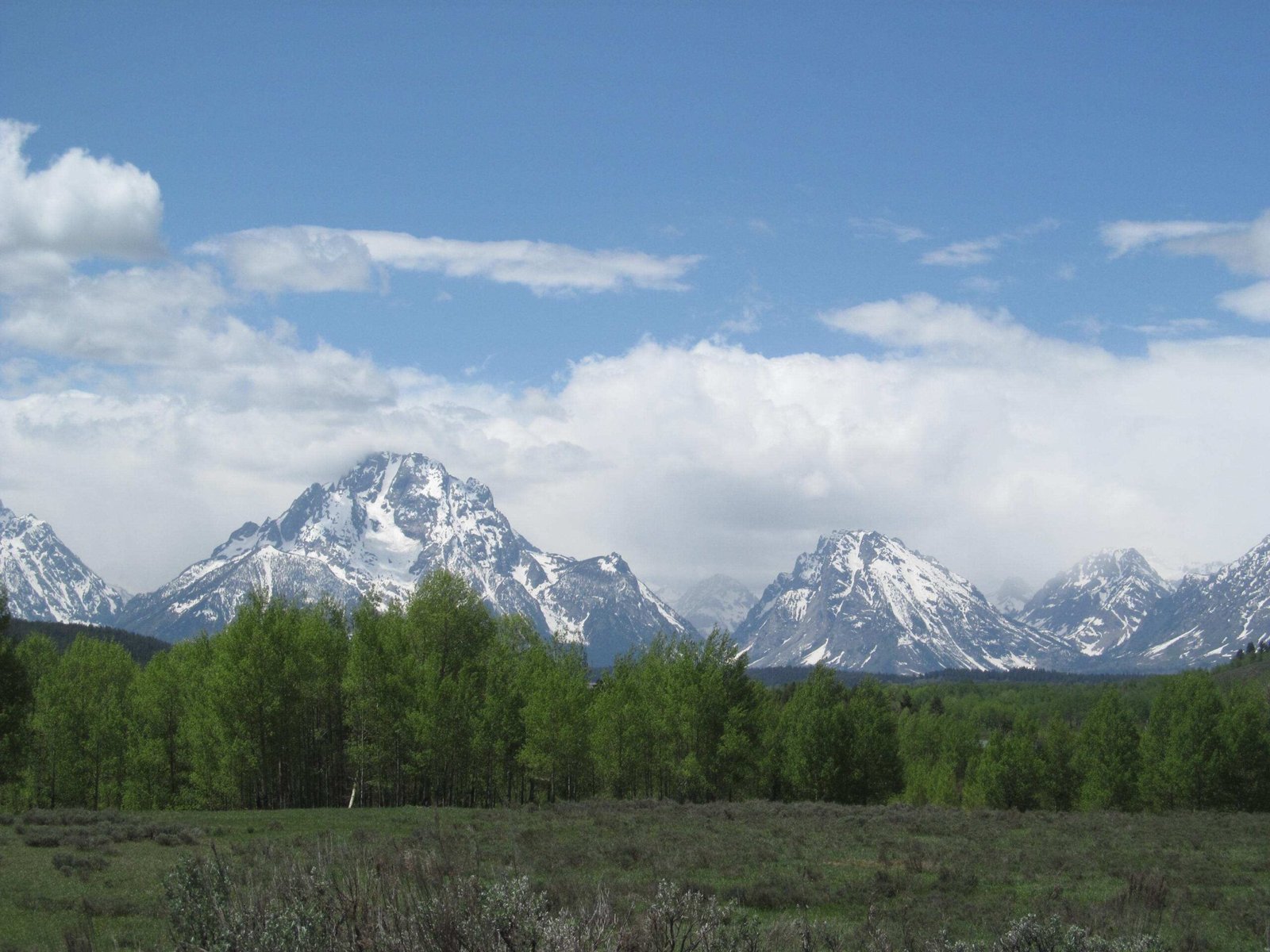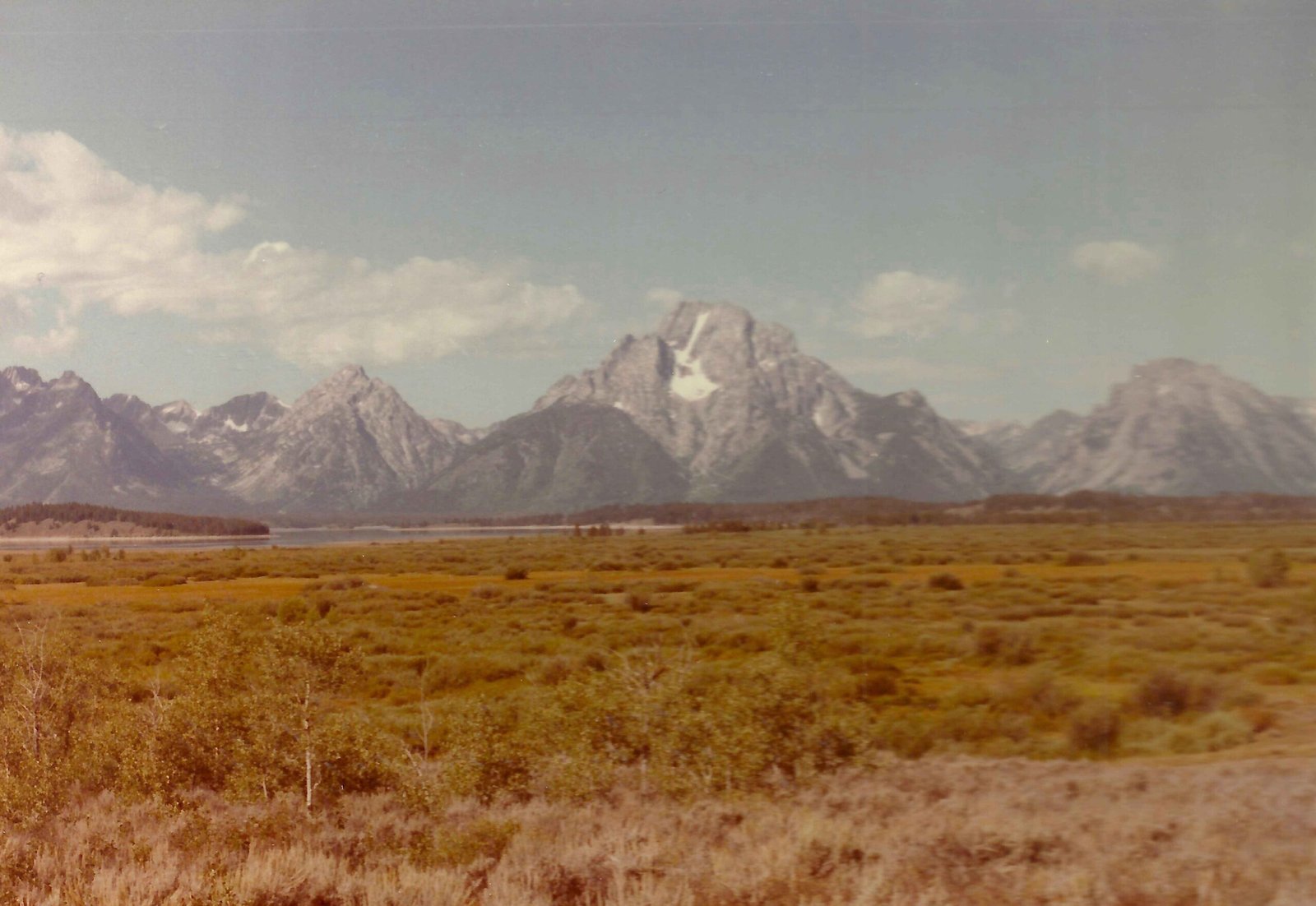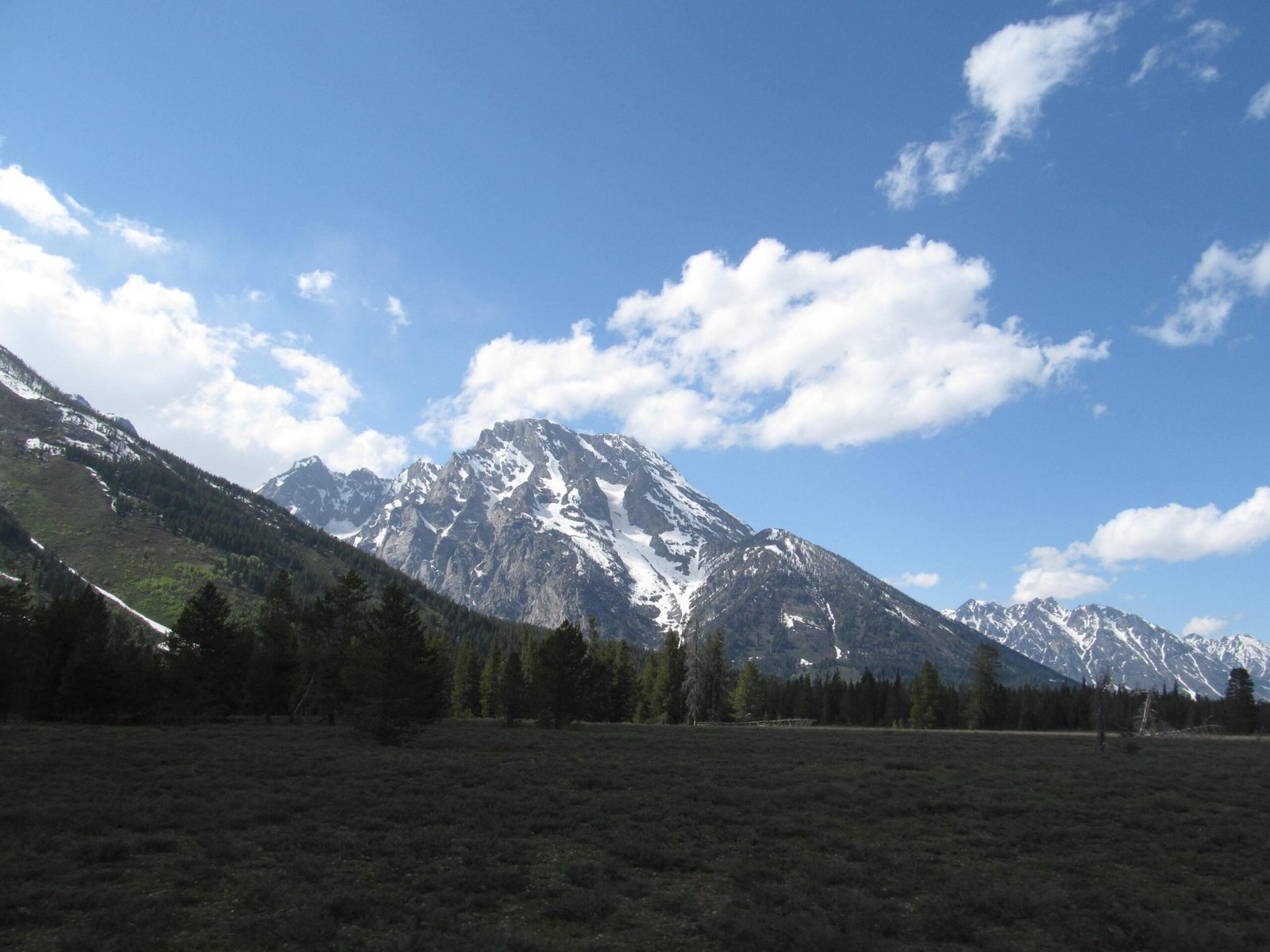Grand Teton National Park represents a breathtaking landscape where survival demands extraordinary adaptation. Nestled in northwestern Wyoming, this pristine wilderness challenges creatures to navigate extreme elevations, harsh winters, and complex ecological interactions. From towering mountain peaks to lush valley floors, every organism here exists in a delicate balance, demonstrating remarkable strategies for survival in one of North America’s most demanding environments.
What Makes Grand Teton’s Ecosystem Unique?

Grand Teton National Park spans approximately 310,000 acres of diverse terrain, ranging from 6,320 to 13,770 feet in elevation. This dramatic landscape creates multiple microclimates that support an incredible array of wildlife and plant species.
Ecological Zones and Survival Strategies
| Elevation Zone | Primary Characteristics | Key Survival Adaptations |
|---|---|---|
| Alpine Tundra | 11,000-13,770 feet | Compact plant structures, minimal vegetation, extreme cold resistance |
| Subalpine Forest | 8,000-11,000 feet | Dense coniferous forests, limited growing season |
| Montane Zone | 6,500-8,000 feet | Mixed forests, abundant wildlife corridors |
How Do Animals Survive Extreme Conditions?
Mammalian Adaptations
- Thick Fur Coats: Elk, moose, and bighorn sheep develop dense winter fur
- Metabolic Adjustments: Bears enter hibernation to conserve energy
- Migration Patterns: Elk herds move between seasonal ranges
Predator-Prey Dynamics
- Grizzly bears hunt elk calves during vulnerable spring months
- Wolves collaborate in pack hunting strategies
- Mountain lions utilize stealth and ambush techniques
What Challenges Threaten Park Ecosystems?

Climate Change Impacts
- Reduced snowpack affecting water resources
- Shifting vegetation zones
- Increased wildfire risks
- Disrupted migration patterns
Human Interaction Consequences
- Habitat fragmentation
- Wildlife-human conflict zones
- Invasive species introduction
- Recreational pressure on sensitive environments
How Can Visitors Responsibly Experience the Park?
Wildlife Viewing Guidelines
- Maintain minimum 100-yard distance from large mammals
- Use binoculars and telephoto lenses
- Stay on designated trails
- Never feed or approach wildlife
Recommended Observation Locations
- Oxbow Bend: Prime wildlife viewing area
- Willow Flats: Excellent elk and bear habitat
- Moose-Wilson Road: Diverse wildlife corridor
Conservation Efforts and Research
Ongoing Scientific Studies
- Population monitoring programs
- Genetic diversity assessments
- Climate adaptation research
- Ecosystem health tracking
Preservation Strategies
- Controlled burn management
- Wildlife corridor protection
- Invasive species removal
- Public education initiatives
Essential Visitor Preparation
Recommended Equipment
- High-quality binoculars
- Layered clothing
- Wildlife identification guides
- GPS/navigation tools
- Emergency communication devices
Safety Considerations
- Carry bear spray
- Understand wildlife behavior
- Check current park conditions
- Travel in groups
- Inform park rangers of hiking plans
Grand Teton National Park exemplifies nature’s extraordinary resilience, where life persistently thrives on the edge of extreme environmental challenges. Each organism represents a testament to evolutionary adaptation, survival, and interconnected ecological relationships.
Reference:
– National Park Service – Grand Teton
– Wyoming Wildlife Federation
– Teton Science Schools
– Wildlife Conservation Society

